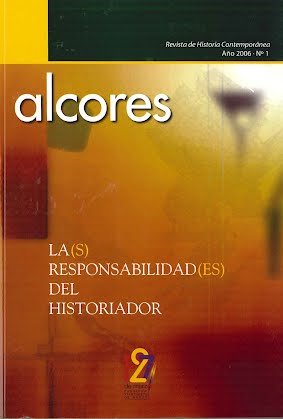Immigration and Castilian and Leonese Associationism in America
DOI:
https://doi.org/10.69791/rahc.292Keywords:
Associationism, emigration, sociability, mutualismAbstract
During the 19th and 20th centuries, the Spaniards give rise to a remarkable associationist phenomenon in America. It is in Argentina and Cuba, (these two countries receive the biggest number of Spanish emigrants), that the associationist phenomenon has a greater relevance. Associations are usually a way of national, regional, provincial or local identification, being, at the same time, a means for relieving the shock this emigrants face on a new social environment. The associationism is also an answer to the need the emigrants feel to secure a long-term series of services and assistance for themselves in countries where the public offer is quite limited. Of course, solidarity and altruism are other factors which must not be left aside. As for the emigrants coming from the provinces which currently make up the region of Castilla León, there exist societies of a regional character and some others which draw together those people from the same village or region, but the province is the essential factor of identity. To the earlier goal of leisure, these associations quickly add up other goals of mutual, social and cultural character which have determined the survival of many of them to these days.
Downloads
Global Statistics ℹ️
|
82
Views
|
22
Downloads
|
|
104
Total
|
|
Downloads
Published
How to Cite
Issue
Section
License
Copyright (c) 2007 Juan Andrés Blanco Rodríguez

This work is licensed under a Creative Commons Attribution 4.0 International License.
Alcores is an open-access journal. It provides unrestricted access to its content from the moment of publication. We respect intellectual property rights, and for this reason, the author retains the copyright. All content is distributed under a Creative Commons Attribution 4.0 International (CC BY 4.0) license. The terms of the license can be consulted at: https://creativecommons.org/licenses/by/4.0/
This license allows sharing (copying and redistributing the material in any medium or format) and adapting (remixing, transforming, and building upon the material for any purpose), provided that authorship and first publication in this journal are properly credited, a link to the license is included, and any changes made are indicated.
This type of license facilitates the freedom of reuse and ensures that the content of this journal can be used to meet research needs.





